
Written by Chantel Genest
A purple fox is spotted walking upright on Harrison Street in the Mission District. It halts at the corner, greeted with hugs from a brown teddy bear, a silver wolf, and a neon bunny just outside a dark and narrow cavern blaring electronic dance music. Passersby scoff at the sight, but a few curious individuals question what the hell they just witnessed.
Snooping inside, the outcasts find themselves welcomed by total strangers left and right. Some shrouded by mascot-like costumes, some with little black ears and purple tails, or many that look perfectly normal.
Every month a group of Bay Area residents gather at The Stud Bar in San Francisco for Frolic, an event for the furry community. They drink, meet new friends, and dance their tails off, literally. Furries, a growing subculture supported around an extensive love of anthropomorphic art, was once secluded to chat rooms and forums on the Internet. The community has grown and now hosts sizeable conventions and meet-ups all over the world.
To the ‘mundane’—as furries have dubbed the outsiders to their community—the concept of furry fandom has typically been centered on a sexual fetish and nothing more than people dressing up in ‘funny animal’ costumes to do strange and erotic things. But the furry culture is made up of a vastly diverse group of people with individual perspectives and varying interests of creative expression. The only genuine bond connecting the full scope of the furry community is a common love for ‘funny animal’ characters in art.
A hub for diversity, it is no surprise that San Francisco has formed a massive furry community of its own that has brought furries from around the Bay Area together to socialize with like-minded people and share like-minded art. The Bay Area has thousands of furries who create and take pleasure in furry music, furry drawings, and the flashy fursuits that have become the public’s main representation of the fandom.
“It is a culture that really embraces individual creation,” says Fremont furry artist Patricia “Bastek” Wilson, 26. “Personal expression is not something most people get in their lives and I think it is one of the biggest draws to the furry community—the ability to express parts of themselves that cannot be expressed otherwise.”
ANTHROPOMORPHIC ART
Anthropomorphic characters are by no means a new concept. In layman’s terms, they are anything non-human that possess distinctive, human-like traits. Humans have a long history of anthropomorphizing animals and nature, both for religious idolization and as metaphorical outlets to tell stories and teach morals. Ancient cultures have used anthropomorphic animal characters in their art and spirituality, and the role of these in literature can be traced at least back to Aesop’s fables in 500 B.C.
“In older cultures, there was not so much separation between people and nature,” says Wilson. “As religions progress in time you see less and less connection with the earth and animals that we share it with.”
The term ‘funny animals’ came in to context in the early 1900s to distinguish them from more realistic animal characters such as Lassie.
Donald Duck, the Teenage Mutant Ninja Turtles and Winnie the Pooh are just a few notable furry characters that gave us comfort and entertainment as we ached to find our place in the world as kids. Children’s books, TV shows and movies have become so dominated by anthropomorphic characters, that many of our fondest childhood memories include furry art, whether we know it or not. For the people in the Furry Fandom, the fascination of cartoon animals and giant, life-sized mice at Disneyland never faded.
DRAWN FURRY ART
In 1985, Mark Merlino and Rod O’Riley held one of the first parties designated for furries at Westercon, a large science-fiction convention. The party gathered artists to share collections of furry art and short stories, along with a viewing of Warner Bros. short cartoons and more. This themed party influenced Merlino and O’Riley to hold the first Furry Convention in 1990, ConFurence, which paved the way for furry conventions and meetups to sprout up throughout the nation.
Today, San Jose is home to one of the largest annual furry conventions, Further Confusion. It was the first event sponsored by the non-profit Anthropomorphic Arts and Education, and continues to showcase art and honor creative individuals in the furry world.
“It started through looking for different characters that I had grown up with and seeing the way that different artists worked with it,” says John “Sticker Stealer” Henifin, 27, of San Francisco. “Like Disney and Warner Bros., the characters have a certain style. People will take those same characters and develop them into their own style, so it was recognizable, but also something you had never seen before.”
Henifin enjoys creating graffiti-style pieces that he gives away or shares online at FurAffinity.net, the largest ongoing website for the promotion of furry art. When he isn’t doing his own work, he is out in the city peeling sticker art off buses and stops signs, which he saves in a massive collection with hundreds of binders at home and online at Stickerstealer.com. For him, the sharing and collaborative efforts made in the fandom are something spectacular.
“The artists tend to push together and play off each others ideas,” says Henifin. “Sometimes one person will start drawing a character and they all work on it until they have this big masterpiece.”
Many furries will wear a badge around their neck at meetups and conventions so that others will recognize them from online. A big market for furry artists is actually bringing to life fursonas, a furry’s animal alter ego name.
“The artists are deeply involved in the culture by helping people realize their characters. It is really a joy to help bring something like that to life,” says Wilson. “It used to be the standard price for a badge was fifteen to twenty dollars. Now it is anywhere from fifteen to fifty dollars depending on the artist.”
Wilson has been a furry artist for eleven years and has used the money to pay her way through college. She says it was the art and the surrounding community that brought her to the fandom when she was first introduced to it on yerf.com, a then PG-rated furry art site.
“For me, furry originally had nothing to do with adult art. I did not recognize that it was part of the fandom,” says Wilson. “It actually came as a shock to me initially, and then I understood why furries were the butt of everyone’s jokes.”
Wilson had a hard time with the adult artwork she began seeing throughout the fandom, finding herself uncomfortable with those themes. But to her, there was no difference between the erotica in furry and standard pornography. She found the furry culture at a time when she was questioning her life and growing out of the religion in which she was raised.
“Eventually the positivity and openness surrounding sexuality helped me to understand and become comfortable with my own sexual nature,” says Wilson.
For other Bay Area furries, art was something they had been doing all their lives before even knowing about the fandom. Kriss “Samoy Wolf” Andrews*, was president of the anime club at her high school when it was brought to her attention that her art looked a lot like furry art.
“I do a lot of cartoony and anime style drawings,” says Andrews. “I mostly draw felines and canines. That is what people identify most with because of our pets growing up.”
Like many Bay Area furry artists, Heather Rose, 28, “Lady Duck,” makes money through commissions for furry drawings. Producing works of art for other furries allows her to invent never before imagined scenarios in her illustrations.
“I have always drawn people and animals separately, but combining them is just, fun,” says Rose. “It is nothing more complicated than that.”
FURRY MUSIC
With popular music videos like Ke$ha’s “C’mon,” and the Gym Class Heroes “Clothes Off,” featuring fursuiters (furries who wear the costumes), it seems furry animals have made their way into mainstream media. While it is true that Furry Fandom appears on the surface to be a purely visual interest, furries have started using music to express their furry creativity. Songs such as Miike Snow’s “Animal” features lyrics about changing shapes, and a music video showcasing furry giraffe heads, and have become theme songs for Bay Area furries.
“It speaks to a lot of furries because it is all about changing who you are,” says Oakland resident Erin Merit, 27. “Changing your outward appearance just to be an animal.”
Merit, known by his fursona “Neonbunny”, hosts and performs at Frolic on every second Saturday of the month and is also the co-founder of the FUR camp event at Burning Man. Also known as DJ Neonbunny, is known in the Bay Area furry community for his upbeat music that many have pranced and danced to at local meetups. A favorite from his playlist is his rendition of the popular rave song, “Eat, Sleep, Rave, Repeat,” where he replaces “Rave” with “Fursuit” and modifies the lyrics to relate to the furry lifestyle.
“Right now I’m working on one with a lot of music from a cartoon show called “Gumball,” which is about a cat and his rabbit sister and walking fish brother,” says Merit.
FURSUITERS
Fursuiting has become the most identifying aspect of the fandom for those not a part of it. The fandom did not start out with fursuits everywhere, but the suits have grown as the fandom has. A 2005 survey by the UC Davis Psychology Department found that only eighteen percent of the fandom actually owned a full fursuit. Cost is a big factor. Full fursuits can range from a few hundred to up to ten thousand dollars for high quality ones. While there are many professional fursuit makers, most costume makers are amateurs.
“I was really creeped out by fursuits at first,” says Wilson, who has made eight fursuits, but has yet to make one for herself. “Back then they were not as high quality as they are now, but I eventually had a friend teach me how to make them.”
Most furries are known by their fursonas online, so when it comes to conventions and actually meeting other furries in person, the fursuit can give them confidence and a sort of transformative power to socialize with ease.
“If someone is really shy, the fursuit can act as a layer of emotional protection that allows the person to interact more comfortably and become the confident person they want to be,” says Wilson. “The confidence found when wearing a suit can really change a person, and I think that confidence eventually bleeds over for many people into their everyday life.”
Hayward resident and co-founder of the Further Confusion convention Corey “Chairo” Strom, has been building fursuits for over fifteen years.
Strom projected the average suit to consist of eighty percent faux fur, fifteen percent foam, and five percent for everything else, including glue, thread, and spandex, but every fursuit maker has their own method. Some ambitious artists have even added machinery to the workings such as wagging tails and blinking eyes to give a greater animal effect.
When crafting their fantasy personas, furries are likely to identify with animal traits that they find to be consistent with their own, or desired, inner personality. Not surprisingly, the majority of fursonas and fursuits are canine or feline, illustrating a strong connection to pets. Once becoming closer to their fursonas, it is not unusual for furries to mix multiple animals together to create something completely new.
“She is ninety percent wolf, five percent fox, and five percent border collie,” says Andrews when describing her spunky white and turquoise fursuit personality.
Of course, the fandom is not foreign to sex. There is an alternative fraction of the fandom who do very much use their fursuits for sexual arousal. Truth is, altering the suits to make them apt for sex is not a such daunting task. Add a zipper and there you go, sex can convene anytime, anywhere.
San Francisco is and will always be known for its liberal activism and resident diversity. The Bay Area furries are fortunate to be centered in a city where they can congregate in peace and acceptance, and not be ridiculed for running around in fursuits.
San Francisco is also known for being a hub of creativity and vision. All forms of art can be found scattered throughout the Bay Area. It is no wonder that so many furries live in the Bay or travel long distances for the local furry meetups.
*Name has been changed to protect subject’s identity


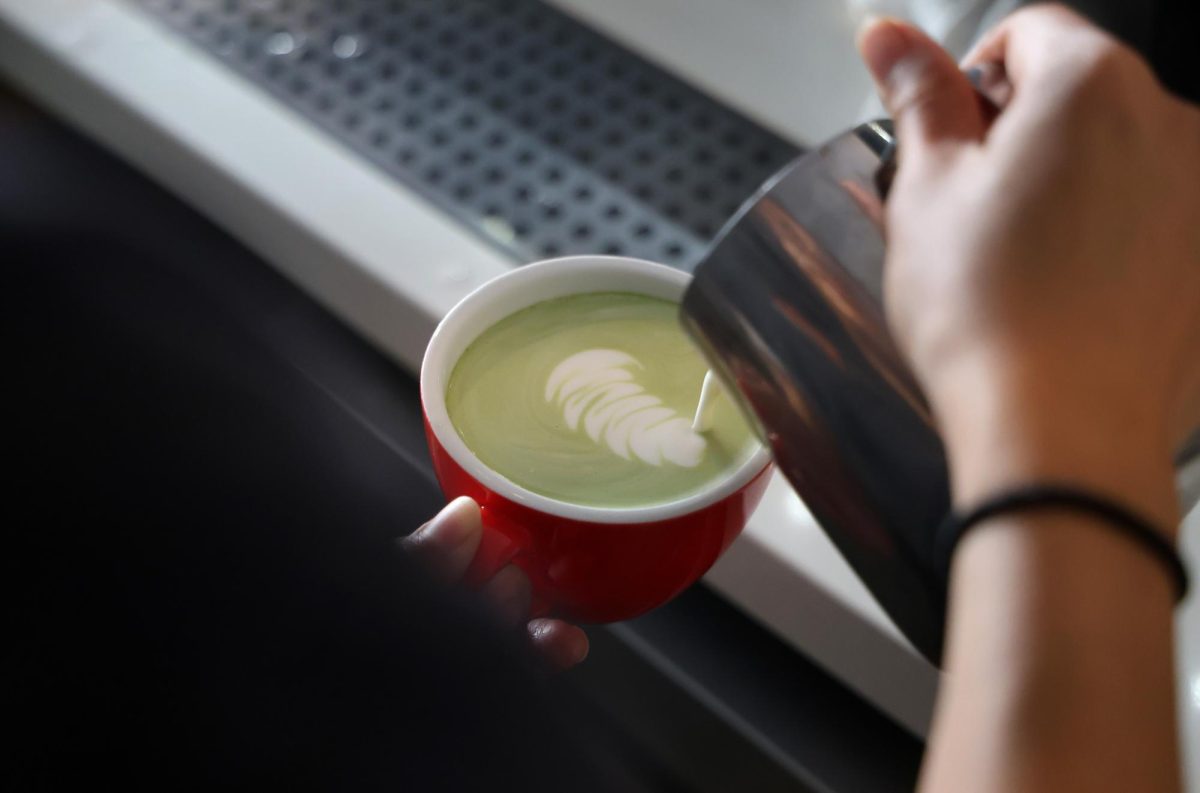
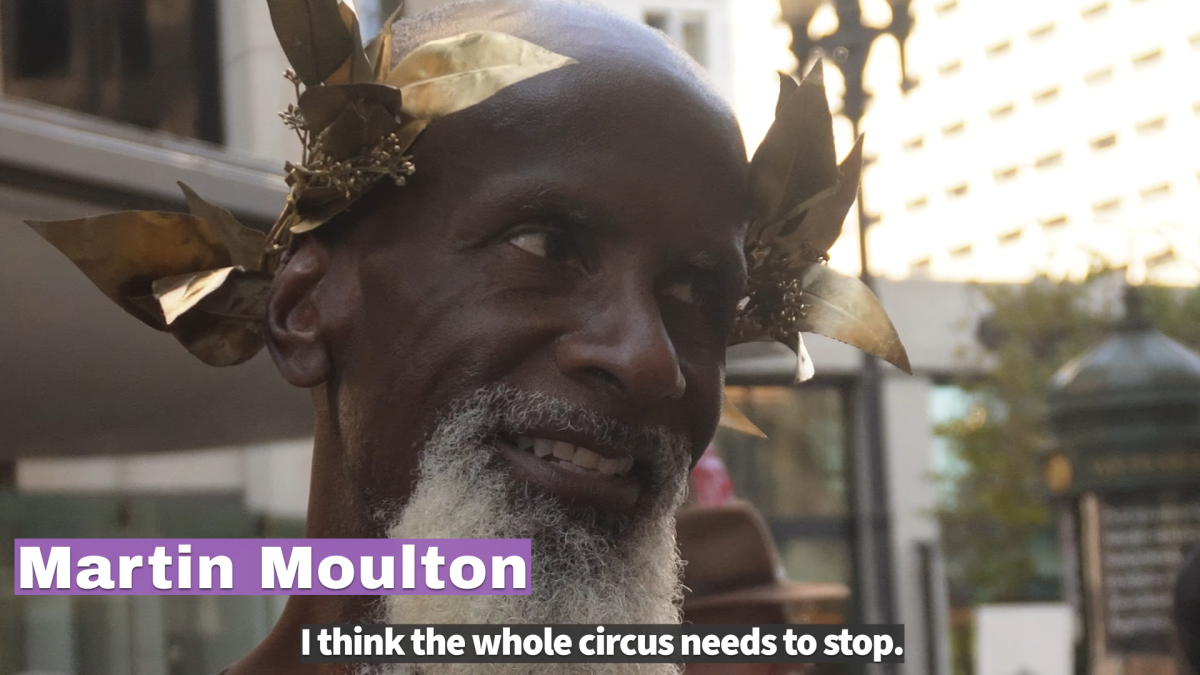
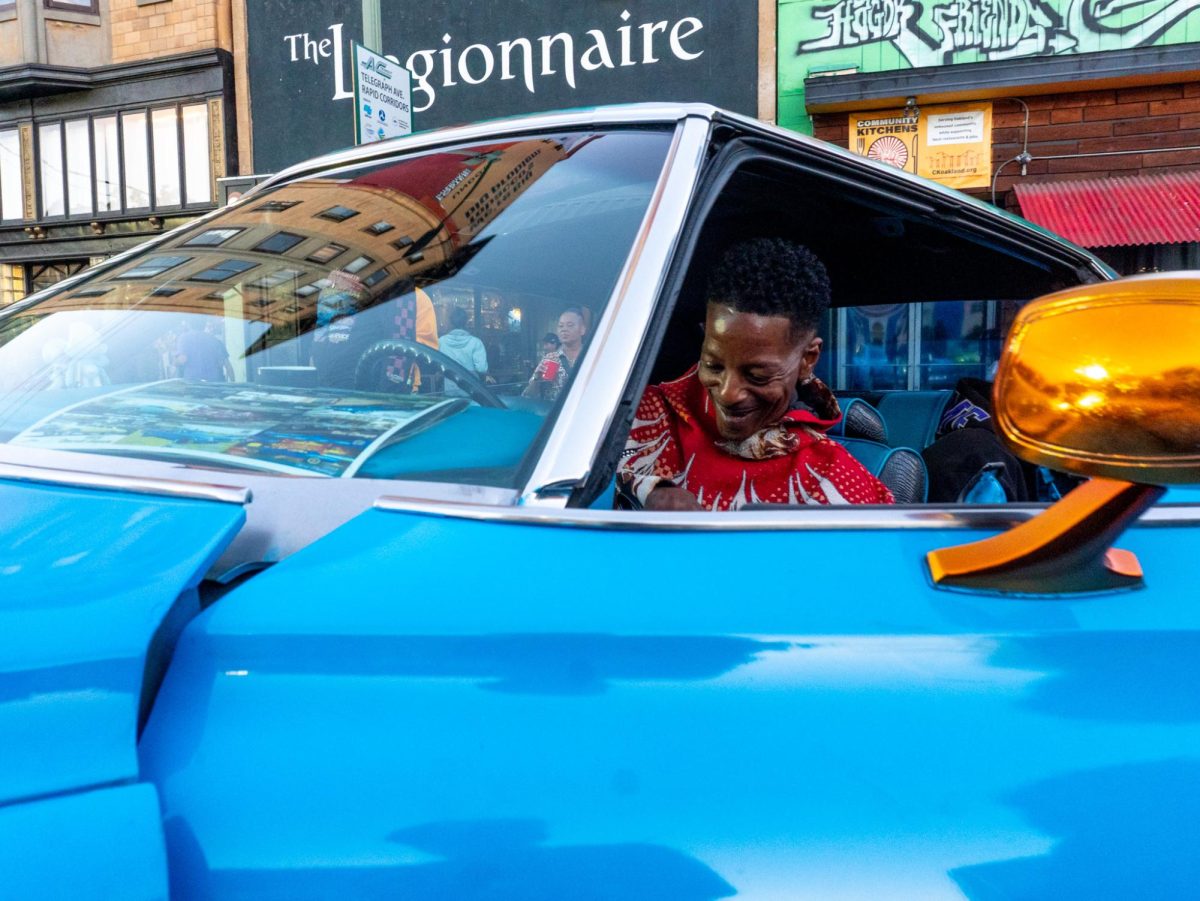
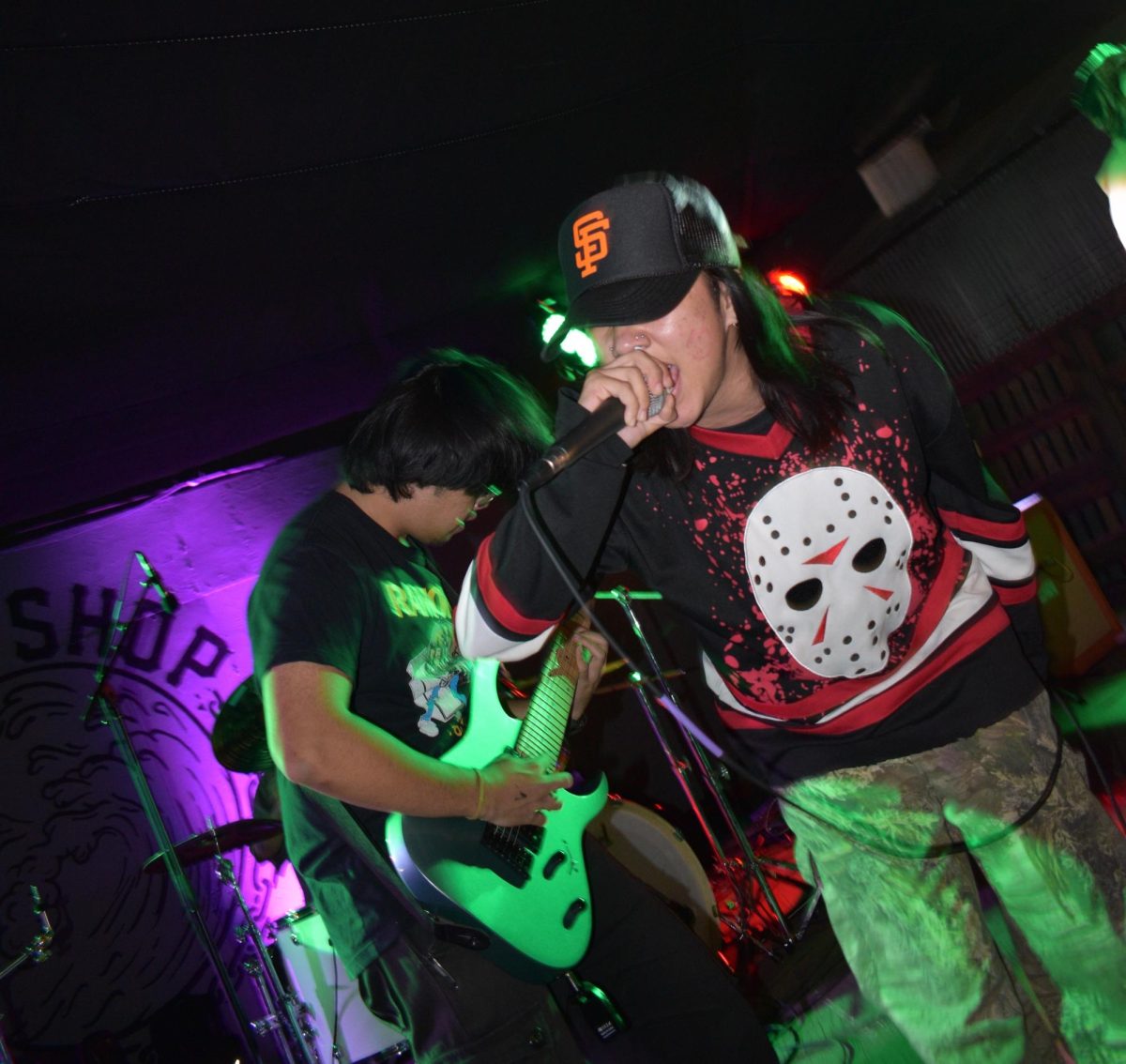

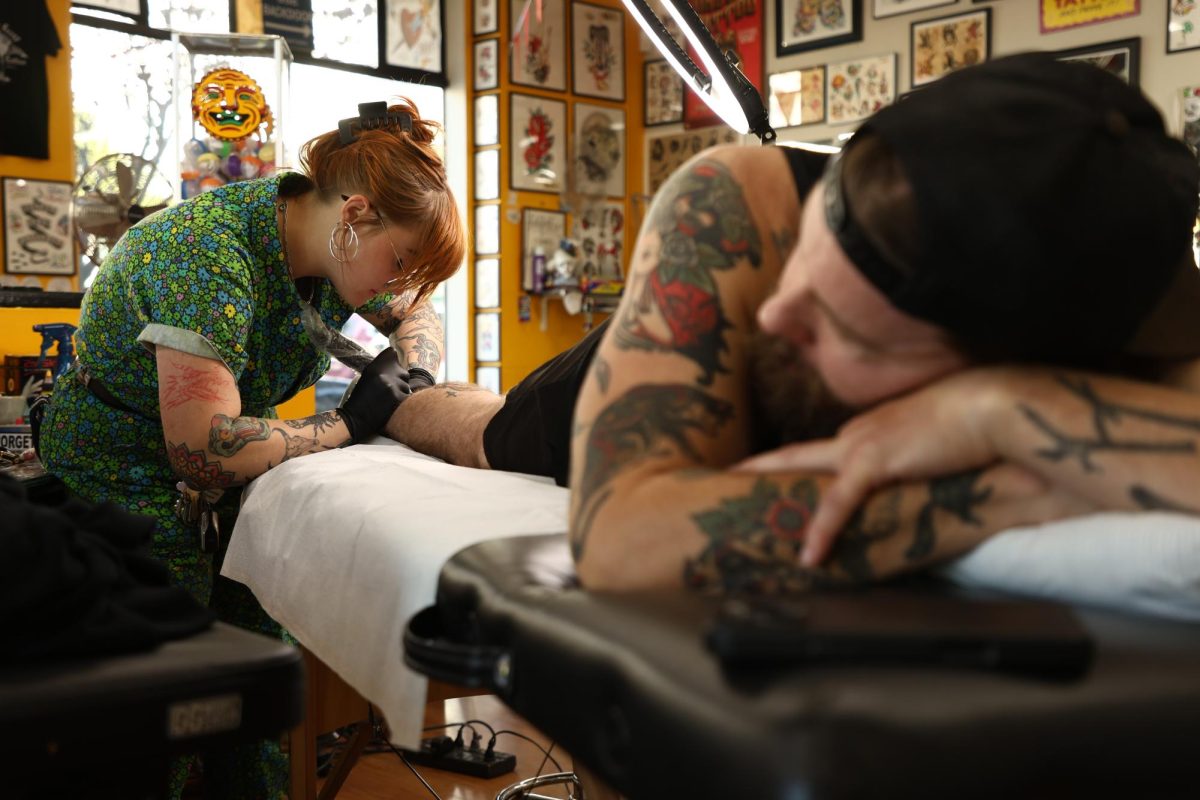

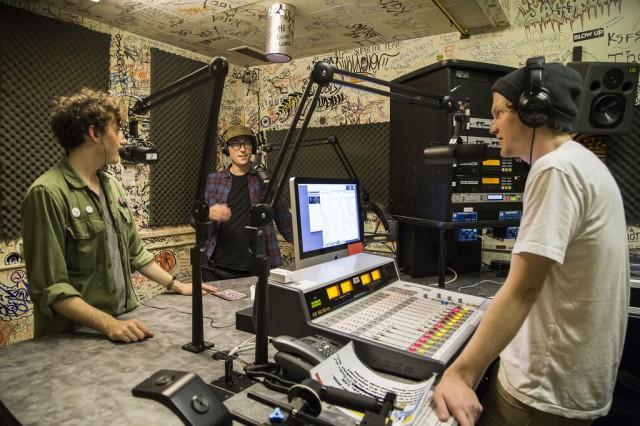

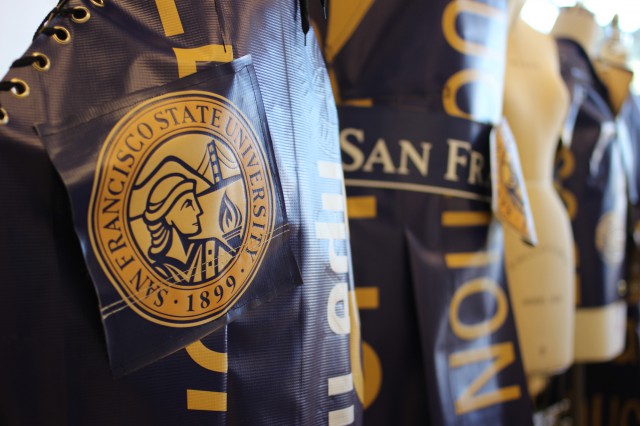
web site • Aug 17, 2016 at 10:53 am
There’s certainly a great deal to know about this
subject. I love all of the points you’ve made.